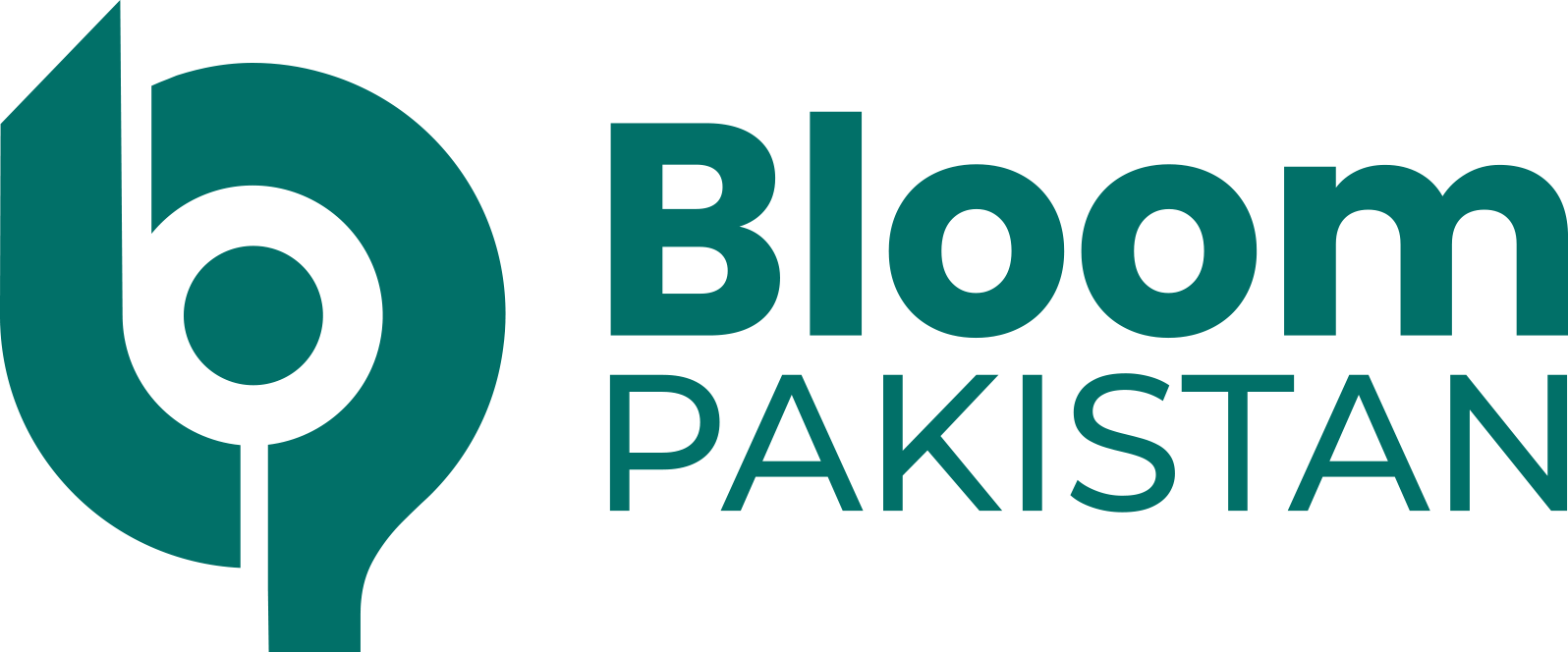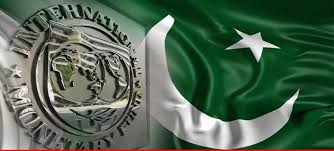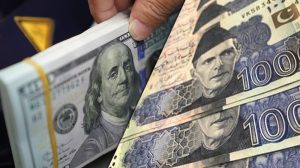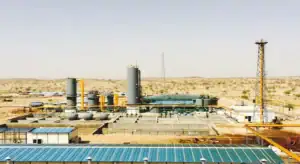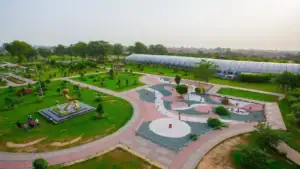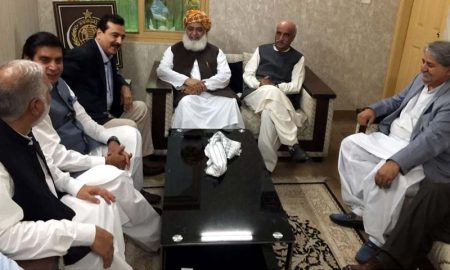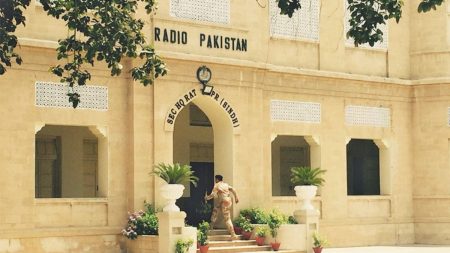Islamabad, Mar 20, 2025: The Pakistani government has agreed to a major economic reform under the International Monetary Fund (IMF) program, committing to a substantial reduction in import tariffs over the next five years.
This move aims to liberalize the economy, particularly in the automobile and minerals sectors, by lowering the effective average import tariff from 10.6% to 7.1%.
Economic Liberalization and IMF Agreement
Pakistan’s decision to reduce tariffs aligns with the IMF’s demand for a more open economy.
The agreement brings the country closer to securing a crucial Staff-Level Agreement, which is a key step toward obtaining the next loan tranche of over $1 billion.
The government plans to phase out additional customs duties, reduce regulatory duties by 75%, and eliminate certain tariff concessions under the Customs Act.
Read More:
PM Discusses Pacing Up Saudi Investment in Pakistan
Revenue Impact and Economic Growth
The reduction in tariffs is expected to result in an estimated revenue loss of Rs278 billion.
However, the government anticipates that increased trade and economic activity will compensate for this loss.
According to projections, trade liberalization could contribute to a significant boost in tax revenue, with overall tax collections expected to rise by Rs1.4 trillion by 2030.
Read More:
Latest Gold Prices in Pakistan – March 20, 2025
Transforming the Auto Industry
A major focus of the tariff reduction plan is the highly protected auto sector.
By 2030, the government aims to eliminate additional customs and regulatory duties while rationalizing duty slabs.
The weighted average tariff for the auto industry will be lowered to 5.6%, making vehicles more affordable for consumers.
The move is expected to increase competition in the local market and improve the quality of vehicles available to Pakistani buyers.
New National Tariff Policy Implementation
To ensure smooth implementation, the government plans to introduce a National Tariff Policy in July, followed by an Auto Industry Development and Export Policy in 2026.
The tariff reduction plan is set to be incorporated into the fiscal year 2025-26 budget, which will be presented in Parliament for approval.
Impact on Trade and Exports
Pakistan’s trade liberalization efforts come at a time when global economies, including the U.S., are becoming more protectionist.
With an expected reduction in trade restrictions, particularly in the minerals sector, exports could rise to $47 billion by 2030.
Economic growth is also projected to reach 4.6%, driven by increased foreign investment and industrial expansion.
By implementing these reforms, Pakistan aims to enhance its global trade competitiveness, foster economic growth, and create a more consumer-friendly market environment while maintaining compliance with IMF requirements.
